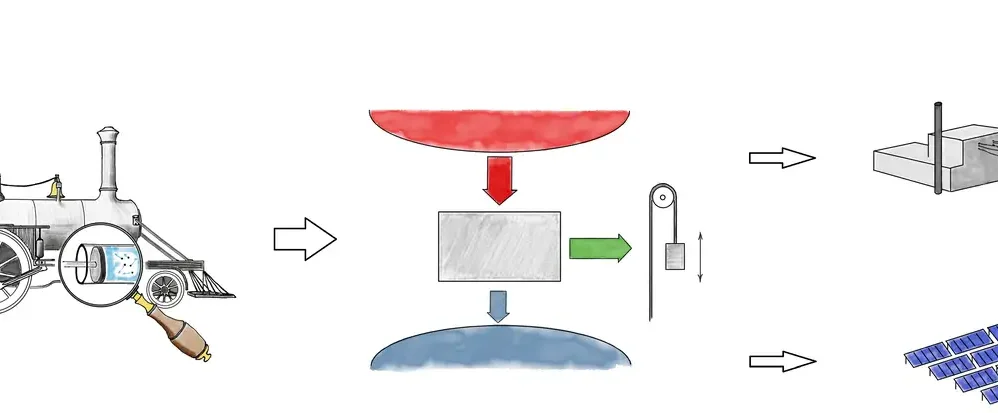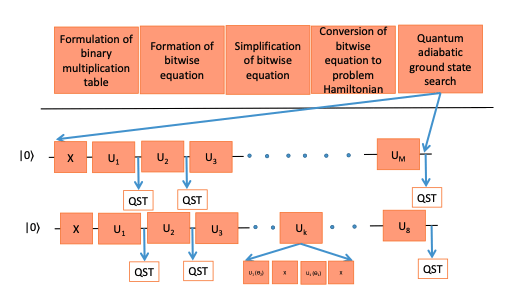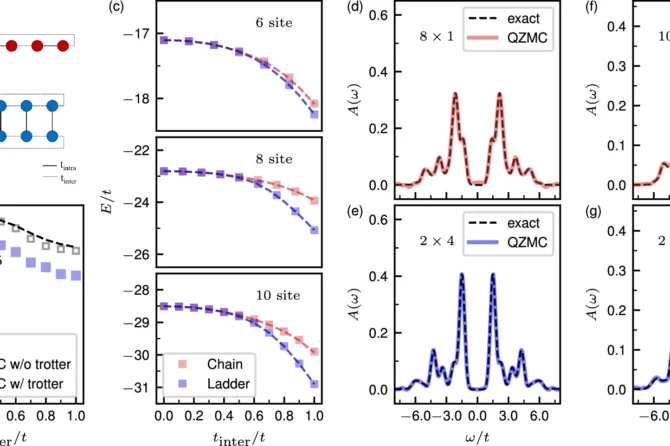When two microscopic systems are entangled, their properties are linked to each other irrespective of the physical distance between the two. Manipulating this uniquely quantum phenomenon is what allows for quantum cryptography, communication, and computation. While parallels have been drawn between quantum entanglement and the classical physics of heat, new research demonstrates the limits of this comparison. Entanglement is even richer than we have given it credit for.
The second law of thermodynamics is often considered to be one of only a few physical laws that is absolutely and unquestionably true. The law states that the amount of ‘entropy’ — a physical property — of any closed system can never decrease. It adds an ‘arrow of time’ to everyday occurrences, determining which processes are reversible and which are not. It explains why an ice cube placed on a hot stove will always melt, and why compressed gas will always fly out of its container (and never back in) when a valve is opened to the atmosphere.
Only states of equal entropy and energy can be reversibly converted from one to the other. This reversibility condition led to the discovery of thermodynamic processes such as the (idealised) Carnot cycle, which poses an upper limit to how efficiently one can convert heat into work, or the other way around, by cycling a closed system through different temperatures and pressures. Our understanding of this process underpinned the rapid economic development during the Western Industrial Revolution.
The beauty of the second law of thermodynamics is its applicability to any macroscopic system, regardless of the microscopic details. In quantum systems, one of these details may be entanglement: a quantum connection that makes separated components of the system share properties. Intriguingly, quantum entanglement shares many profound similarities with thermodynamics, even though quantum systems are mostly studied in the microscopic regime. Scientists have uncovered a notion of ‘entanglement entropy’ that precisely mimics the role of the thermodynamical entropy, at least for idealised quantum systems that are perfectly isolated from their surroundings.
Resolving this long-standing open question, research carried out by Lami (previously at University of Ulm and currently at QuSoft and the University of Amsterdam) and Bartosz Regula (University of Tokyo) demonstrates that manipulation of entanglement is fundamentally irreversible, putting to rest any hopes of establishing a second law of entanglement. This new result relies on the construction of a particular quantum state which is very ‘expensive’ to create using pure entanglement. Creating this state will always result in a loss of some of this entanglement, as the invested entanglement cannot be fully recovered. As a result, it is inherently impossible to transform this state into another and back again. The existence of such states was previously unknown.




